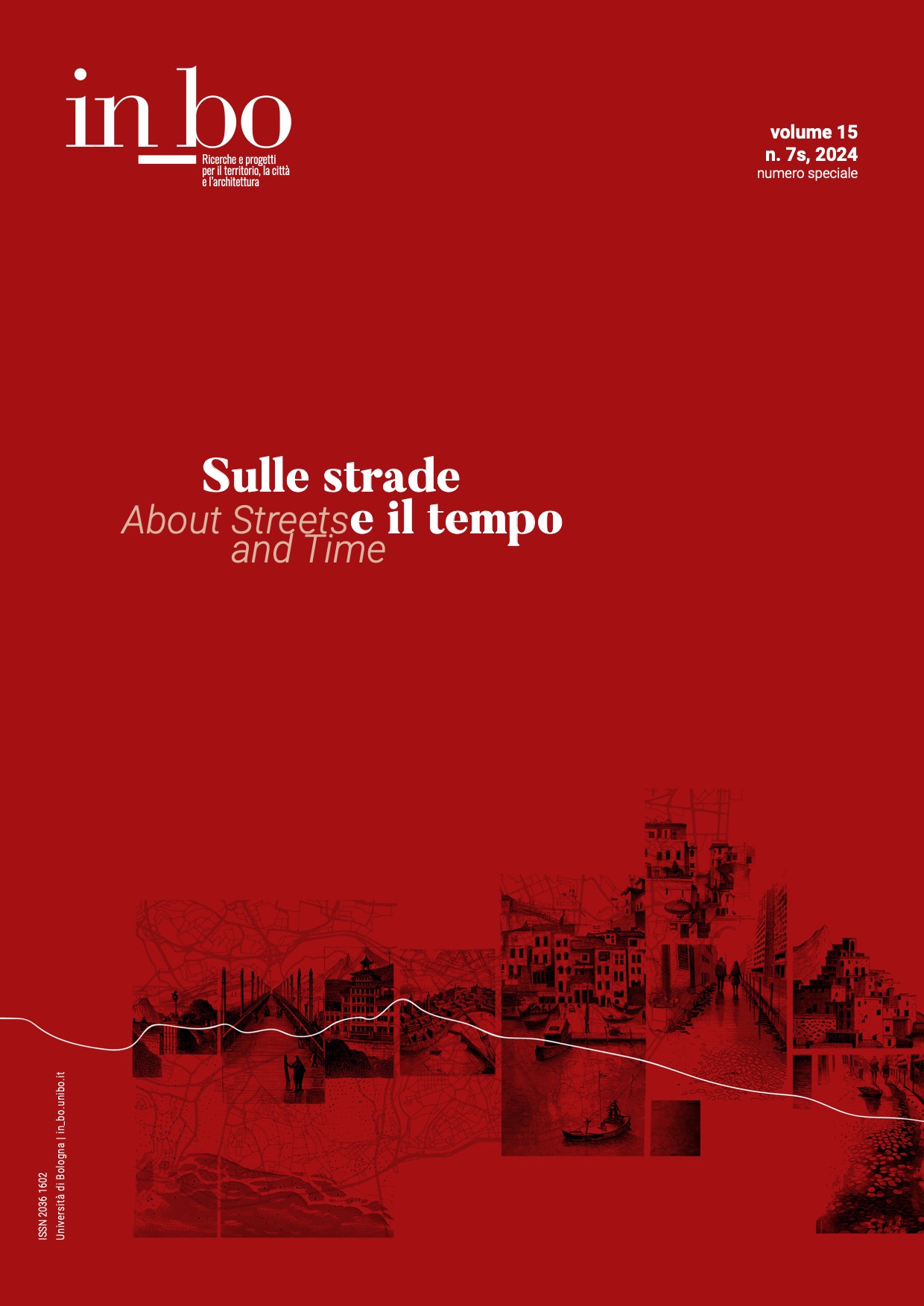Beirut Street Museum
DOI:
https://doi.org/10.6092/issn.2036-1602/20405Keywords:
Beirut, alternative museum, vernacular, psychogeographyAbstract
It all started with the plastic chair, it is often found in Beirut’s urban settings without ever really being questioned. Inside the house, it’s an object you sit on. On the street, it prohibits parking. Like an unspoken and untaught language, everyone knows that if there’s a chair, you can’t park. Thinking about this specific urban phenomenon, it was about seeking instances in which the city creates solutions for itself. This collection of informalities formed a popular visual language worth being thought of, challenging the conventional ways we think of our own city. The plastic chair, the wheel, the concrete block, the fruit basket; those are a few ingredients of a creative recipe made of available, low-cost and repurposed materials, patched by a sense of utility. By considering those social occurrences, we attempt to reconsider our own cultural landscape, and by actually looking, we realize they are reflections of our times, struggles and daily obstacles. As urban artifacts, their whole is greater than the sum of their parts. The Beirut Street Museum is a conceptual museum that resists conventional forms of art and dismantles the exclusivity of museology. It operates on the ground, where every city walk becomes a museum walk. Rooted in concepts of the dérive, situationism and deconstructing museology, the BSM speaks the language of the street. It becomes a growing archive of collective evidence: people's marks on the space that surrounds them.
Downloads
Published
How to Cite
Issue
Section
License
Copyright (c) 2024 Sama Beydoun

This work is licensed under a Creative Commons Attribution-NonCommercial 4.0 International License.





